The French cello soloist and chamber musician explains how, with practice and patience, the challenges of staccato playing can be overcome
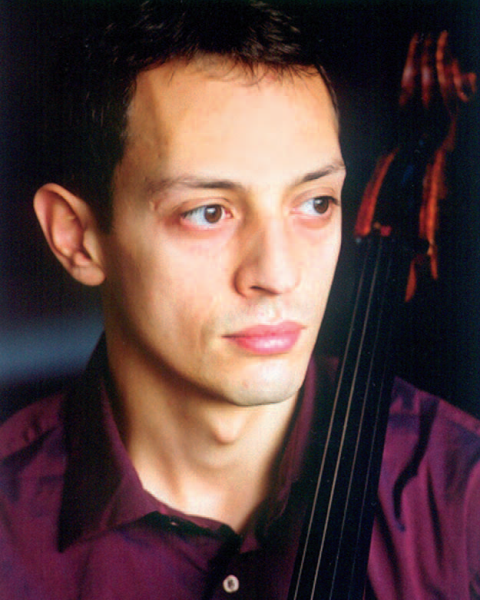
I often see that students don't want to risk playing staccato, and this negative attitude makes me sad. I feel that with a positive mind you can do anything. I use up-bow staccato much more often than down-bow, so I’ll look at that technique first.
Staccato is controlled with the thumb and first finger of the right hand. All the fingers are important, but the first is the leader. The other fingers should be very light and loose on the frog so that the weight of the bow is not increased. Playing with the hand like a fist on the bow is not good. The wrist should be firm, but not tense. I have no tension in my arm and my hand is supple, not stiff. All the way from the shoulder blades the right arm must be very loose.
If, for example, I’m playing an up-bow staccato scale starting in the middle of the bow, I pronate my hand with the bow on the string so that the index finger is digging into the stick, taking a little bite, then releasing. I do the same for each stroke so that I stay right in the middle of the bow. There is a natural rebounding of the bow. Don’t worry about speed at this point – just get the feeling of lots of up bows in a row while trying to keep the bow in the same place.
When you are comfortable with this step, try three notes, this time moving towards the frog, then rest and return to the starting point.With each note, feel the index finger biting and releasing. Next, practise a one-octave scale. When you have good, clean, crisp, short notes, increase the speed.
At this stage, dynamics are not important. If you can play forte, piano won’t be a problem. In French we say, ‘If you can do more, you can do less.’ But be careful not to make the stroke too heavy or the sound will choke. It shouldn’t sound marcato. As you learn to put more and more notes into one bow, you will notice that as you approach the frog there is a natural crescendo because of the weight of the arm. You can avoid this by lifting your arm. As you continue, analyse everything so that you are comfortable in all the parts of the bow: tip, middle and frog. Feel what it takes to get the rebound. This is a question of sensation – and you want a natural result.
The Popper High School Etude no.14 offers the perfect opportunity to learn staccato using the entire bow, because there are as many as 46 notes in one up bow. First learn the notes fluently. Then practising up bow to down bow, try in slow motion several beats up-bow and one very fast down-bow note, continuing up the bow. As you increase the speed you can eliminate the down bow and put more and more notes on the up. The goal is to save as much bow as possible, especially at the tip.
This Popper study also calls for down-bow staccato, which I rarely use because it is less natural. This bowing is completely the opposite because you start with the maximum weight at the frog and move towards the lightest point of the bow. It is a question of the position of the elbow, which is higher for up-bow staccato and lower for down-bow. You must increase the weight as you approach the tip, so drop your elbow. Keep the bow sticking to the string and begin right at the frog. In this situation one note at a time doesn’t help – try three or four notes and master them at several tempos.
The Caprice no.12 by Piatti requires a stroke somewhere between flying staccato and ricochet. Because the up bows follow a chord there is no time for real staccato. I like the sound to ring, so I lift the bow after the chord and start the flying staccato from the air. This gives the music a feeling of lightness and elegance. For me, ricochet is a bowing I usually use for special effects, or when the notes have to go really fast (as for example in the Scherzo of the Brahms B major Trio). In the Piatti, the semiquavers are flying staccato, when the bow bounces almost on its own, then the following three quavers continue in an up-bow staccato. Take advantage of the chord, as if springing off a diving board – leap, bounce, then control the slower notes with your index finger. This must sound like Paganini.
Other pieces that use staccato are the first movement of the Locatelli Sonata and the second of Tchaikovsky’s Variations on a Rococo Theme. Here he writes a crescendo to the top of all the scales. Starting with a small amount of bow at the tip, I have to speed up and use more bow to create the crescendo as I approach the frog.
Staccato can be very mysterious. Take time until you have mastered it. Never just say you can’t do it. Think, work hard, have patience and you’ll get results.
This article was first published in The Strad's November 2006 issue. Subscribe to The Strad or download our digital edition as part of a 30-day free trial. To purchase single issues click here.






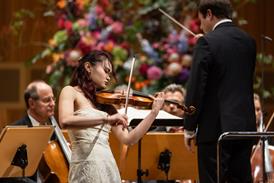




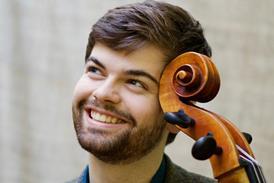


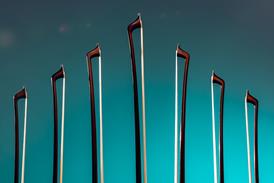
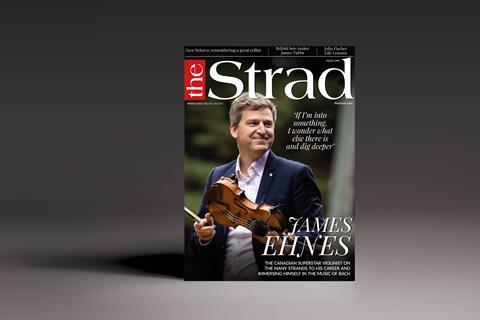




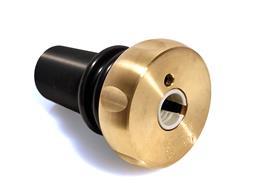
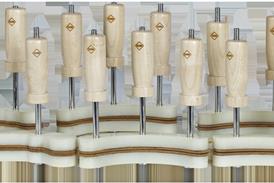
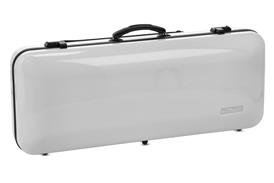









No comments yet